Developing a CLR: Critical Insights from Alumni, Students & Employers— Q&A from leaders at University of Maryland Global Campus
With the value of higher education under heightened review by learners and employers, colleges and universities are quickly pivoting to a University of the Future model, built on stackable, digital credentials. This model evokes a larger redesign of programs and pathways mapped to learner needs and skills gaps, digital credentials that stack into each other, providing learners many on and off ramps and responsive offerings to the learner and market demand through new combinations of existing and new content.
For this redesign to be meaningful, curriculum mapping and the alignment of courses, modules, co-curricular activities, and experiential learning to skills frameworks is a critical part, making knowledge, skills, and abilities more visible to students and employers.
Comprehensive Learner Record (CLR), a dynamic and verifiable record of achievements across all learning, is part of the process of redesign, aiming to provide students with a synthesis of their achievements in real-time. CLR enables students to reflect on their learning, select new opportunities to earn badges or seek skills and share individually curated portfolios with employers. A CLR helps students articulate and share the skills and competencies they have acquired, often an arduous task for many.
“Sometimes it’s not a skills gap. It’s the inability to articulate skills.”
Laura Wankel, Senior Consultant
The American Association Of Collegiate Registrars & Admissions Officers (AACRAO)
University of Maryland Global Campus (UMGC) is a large, public institution, serving over 90,000 students worldwide. Much of the student population is adult learners who come to UMGC with prior work and academic experiences, often balancing career and family obligations while attending classes. In February 2020, the University explored how they can further support its students in representing, articulating, and sharing skills they are earning through their programs. Through this process, the University developed a CLR prototype as a pilot to better understand how their alumni, students, and employers would use, benefit from and perceive this very different methodology to sharing achievements with employers.
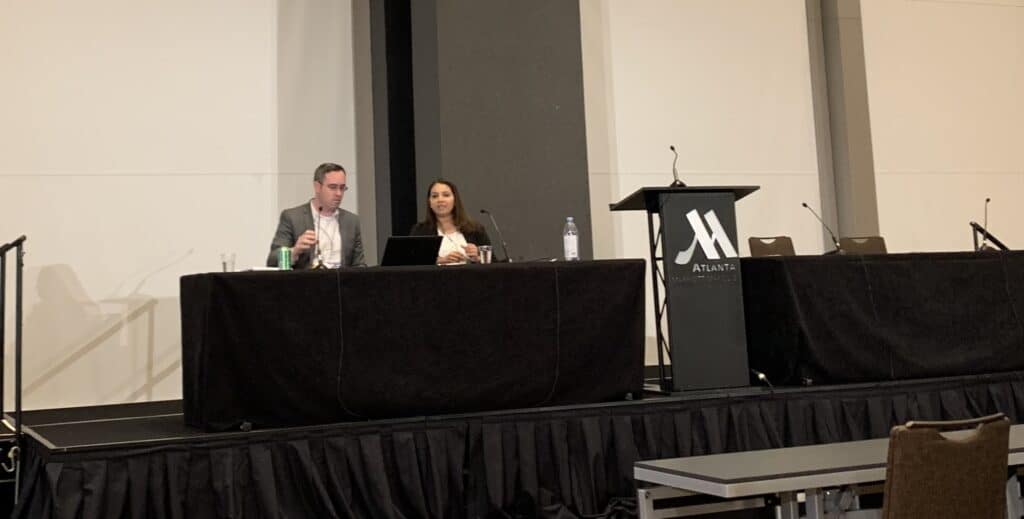
At the 2022 IMG Global Digital Credentials Summit in Atlanta, University Registrar and Associate Vice President Insiya Bream and Associate Vice President for Research and Assessment Darragh McNally presented the plan and outcomes of their CLR prototype that was delivered to 6,000 UMGC students in their Master of Business Administration program. And we asked them to share their findings with a greater audience who may be interested in launching their first CLR pilot or are in the process of a similar initiative.
Q: How is UMGC transforming into the University of the Future, with regards to learner and employer expectations?
A: “UMGC engages with employers to ensure that the Knowledge, Skills, Abilities, and Dispositions (KSADs) required by employers are taught in our programs. We are continuing our focus on stackable credentials and certificates so that students do not need to wait until they graduate with a bachelor’s degree to see a return on the investment they are making in their education. As we map the KSADs taught in our courses, and help students communicate the value of what they are learning at UMGC, the CLR is a central part of how we are thinking about the future.”
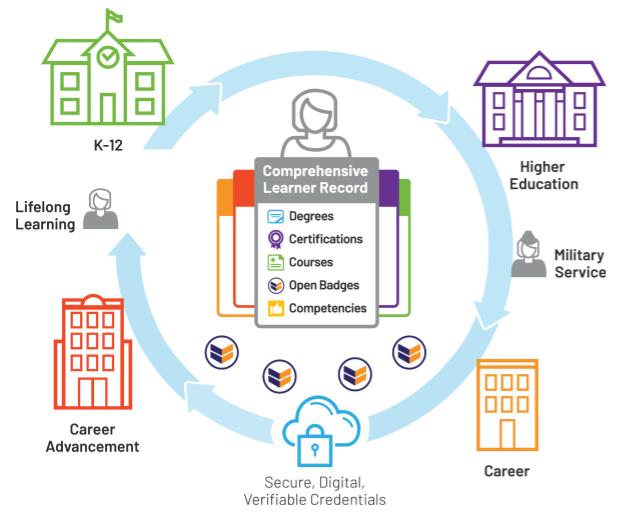
Q: What was your motivation to begin a CLR prototype at UMGC?
A: “UMGC has a long history with the CLR, going back to when it was called the Extended Transcript. We created and piloted our own Extended Transcript back in 2016. But, we may have been ahead of our time because it was hard to explain the value of the Extended Transcript to stakeholders within and outside the university. That’s not the case with CLR. As we continue to improve our curriculum and offerings, and the conversation in higher ed focuses more on KSADs and on rethinking the traditional degree, the CLR is an important bridge between the degree of the past and the education of the future. Students can have a record of what they are learning and communicate their value to employers, all while working toward whatever educational goal works for them. And, credits transferred between CLR institutions that use the IMS Global standard should mean fewer lost credits and a better deal for students.”
Q: What does CLR mean for you and your students?
A: “It means that the university is invested in their success, not just in getting them through their courses. The CLR shows that UMGC wants students to have a document in hand that they can use to meet their professional goals and to understand that everything they learn has value, before graduation and after. The CLR empowers students to articulate their learning and express their knowledge, skills, abilities, and dispositions in a way that wasn’t possible before a CLR.”
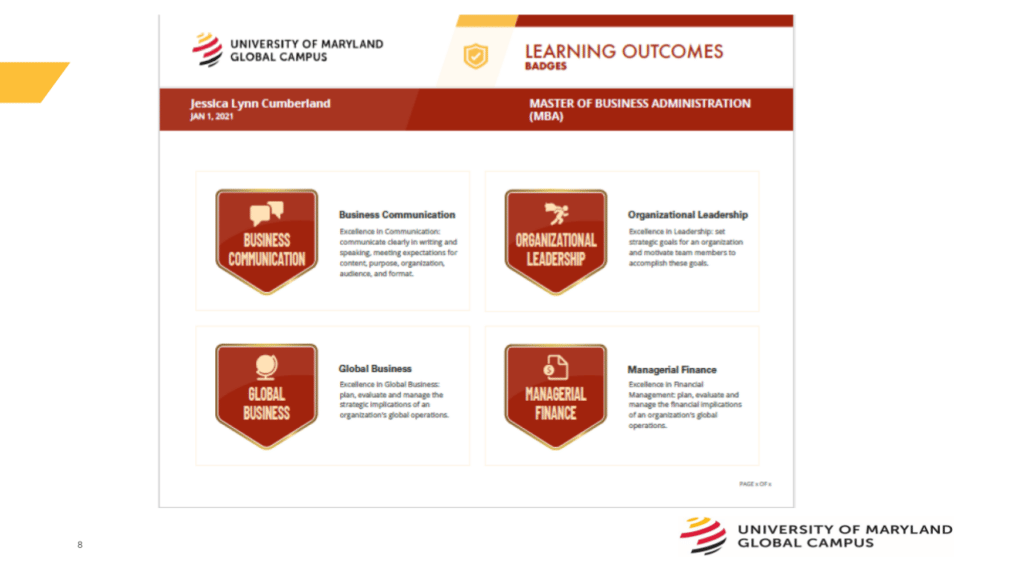
Q: Who needs to be involved in such an initiative?
A: “We have been very lucky to have so many stakeholders who are supportive of this work. Faculty are probably the first group that needs to buy into the project. They are the ones who understand the courses and programs and can help us record what is being taught. In our MBA CLR we decided that we should create badges within the CLR that highlight student achievement in a particular area, for example, organizational leadership, across the entire program, not just in one assignment. We never could have done that without guidance from the program faculty. The data that feed into the CLR are also incredibly important and a lot of time goes into making sure that things are interpreted properly and can be automated. This requires some data people and whoever oversees the Learning Management System (LMS) and any data warehouse. One of us is the registrar. If that’s not the case, then the registrar also needs to be on board!”
Q: How long was your pilot and how many students were issued a CLR?
A: “The pilot is ongoing. We’ve issued about 6,000 CLRs to date.”
Q: What did your students do with their CLRs?
A: “Many shared them on social media—LinkedIn, Twitter, etc. In our student survey, some students told us how they were going to use it to show their current employer what they had learned, either in negotiating extra responsibility or to show the employer that the tuition dollars were well spent!”
Q: What were some of the reactions from your students, alumni, and employers?
A: “Employers were very supportive. We did a focus group with representatives from several major national employers.
The reaction was ‘wow, this is great – I wish we could get this integrated with our HR system’. Students were overwhelmingly positive, too, as were alumni. Students and alumni both wanted more detail in the document and for it to be interactive. That’s what we hope to do as we move to using AEFIS as our main platform.”
Q: Now that this pilot has completed, what will you do next?
A: “We continue the work and improve on what we have. We are working on a CLR for an undergraduate program, which means we have to consider credit for prior learning, transfer credits, and general education. There is a lot to be worked out in how we best represent all of these things and we are looking forward to working with partners from other institutions and organizations as we do so.”
Q: How important is having the right technology infrastructure to make CLR a dynamic, verifiable record that students can share easily from their own desktops and mobile devices?
A: “We have learned that this is incredibly important. A pilot can be manual, but it has to have an eye on being operational and scaled up so ultimately the data must be recorded in a way that means they can be ingested by a reliable system that can represent the CLR to the end-user. It has to be easily accessible and work well on all devices and operating systems. Otherwise, all your hard work may amount to nothing if students can’t access and use it.”
Q: Any other advice you have for peer institutions seeking to launch a CLR initiative?
A: “Take the time to explain how the CLR can benefit your students and most people will be on board with a pilot. Start small and expect bumps in the road. Expect to spend a lot of time figuring out the data and how to present the student learning meaningfully in a CLR. We used the IMS standard and recommend others do the same. Make a list of the functionality you want from your CLR and make sure that the vendor you choose can do what you need them to do.”
Thank you to our colleagues Insiya Bream and Darragh McNally for sharing their insights, pilot outcomes, and next steps with the community.
To learn more about Comprehensive Learner Records, verifiable skills, and credentialing please click here to reach out to our team.
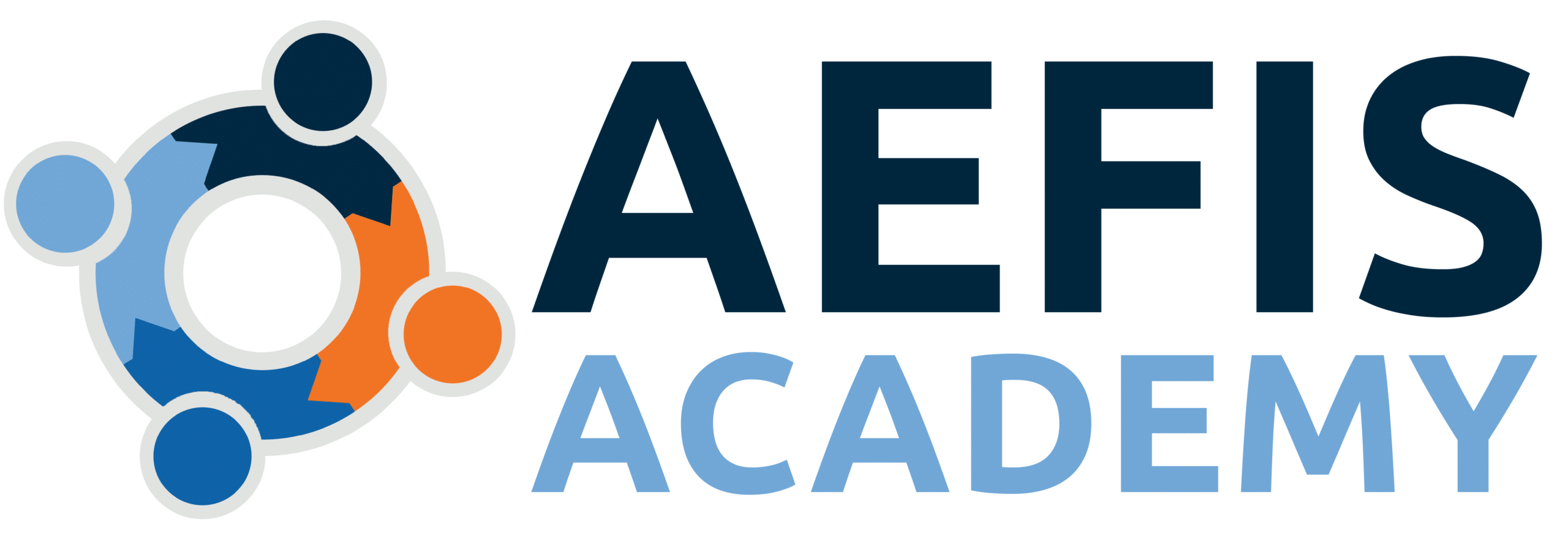
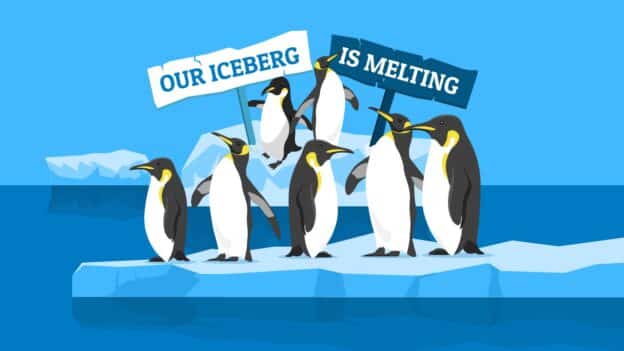
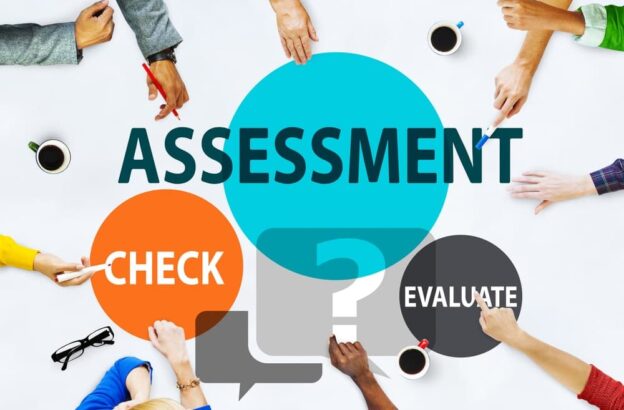
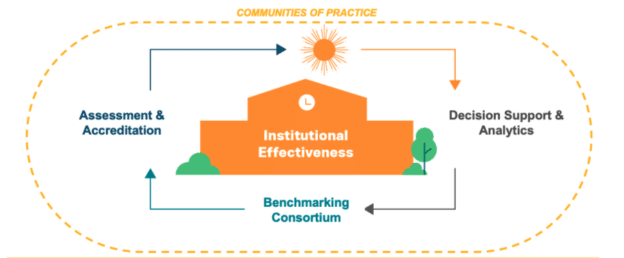
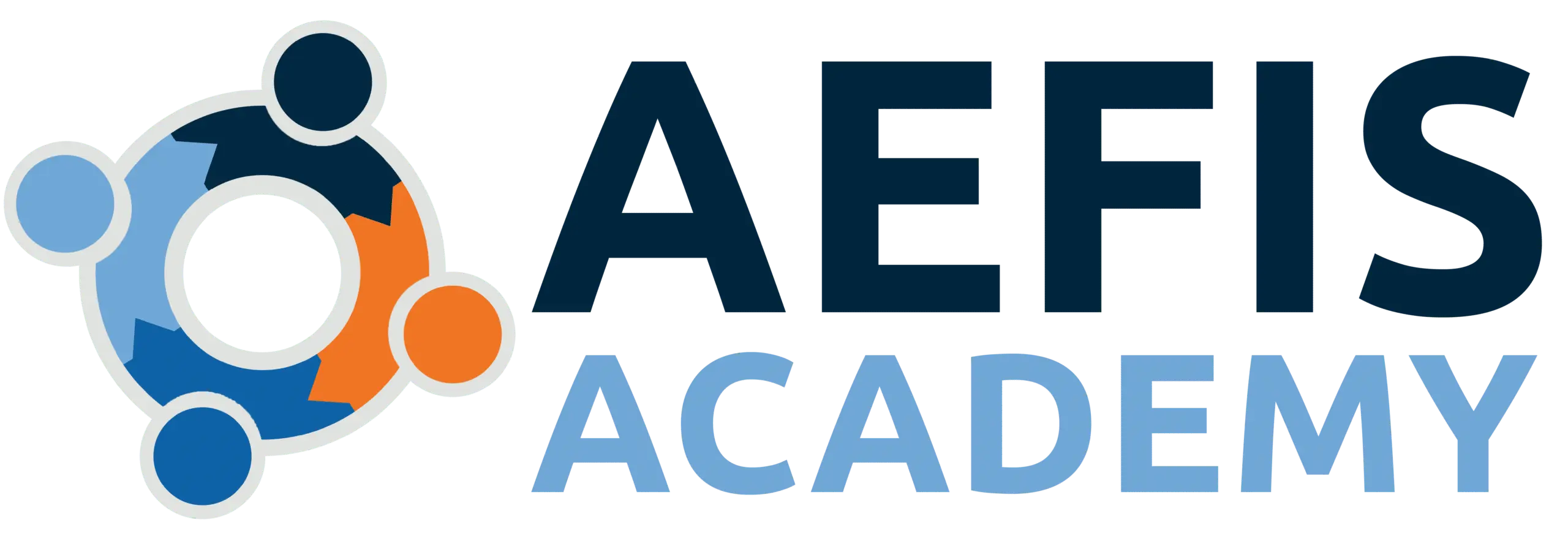
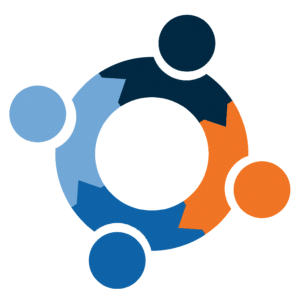
Discussion